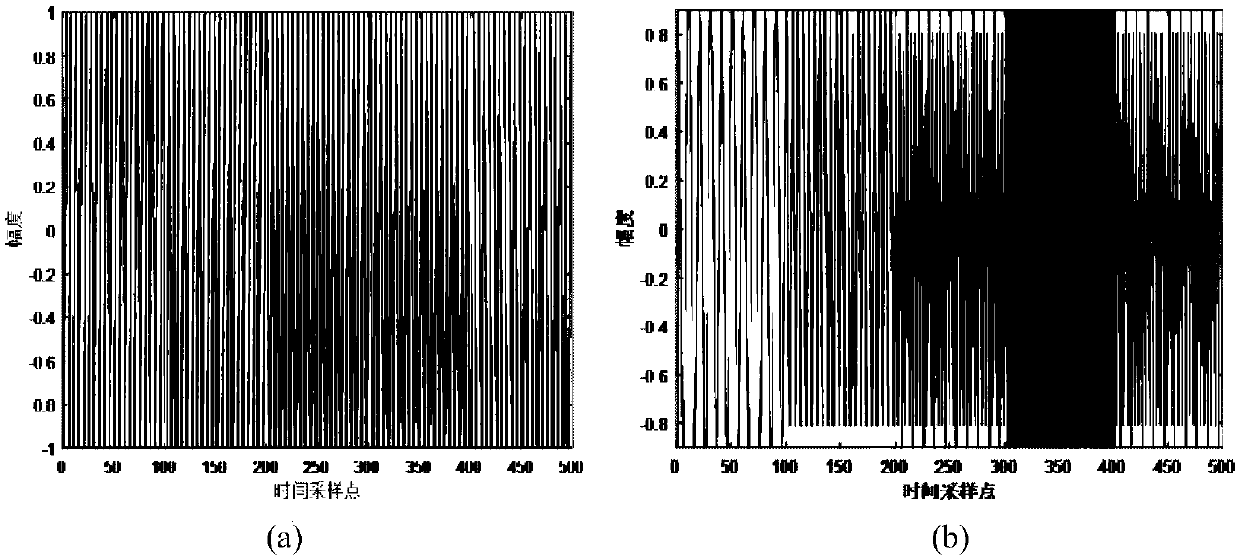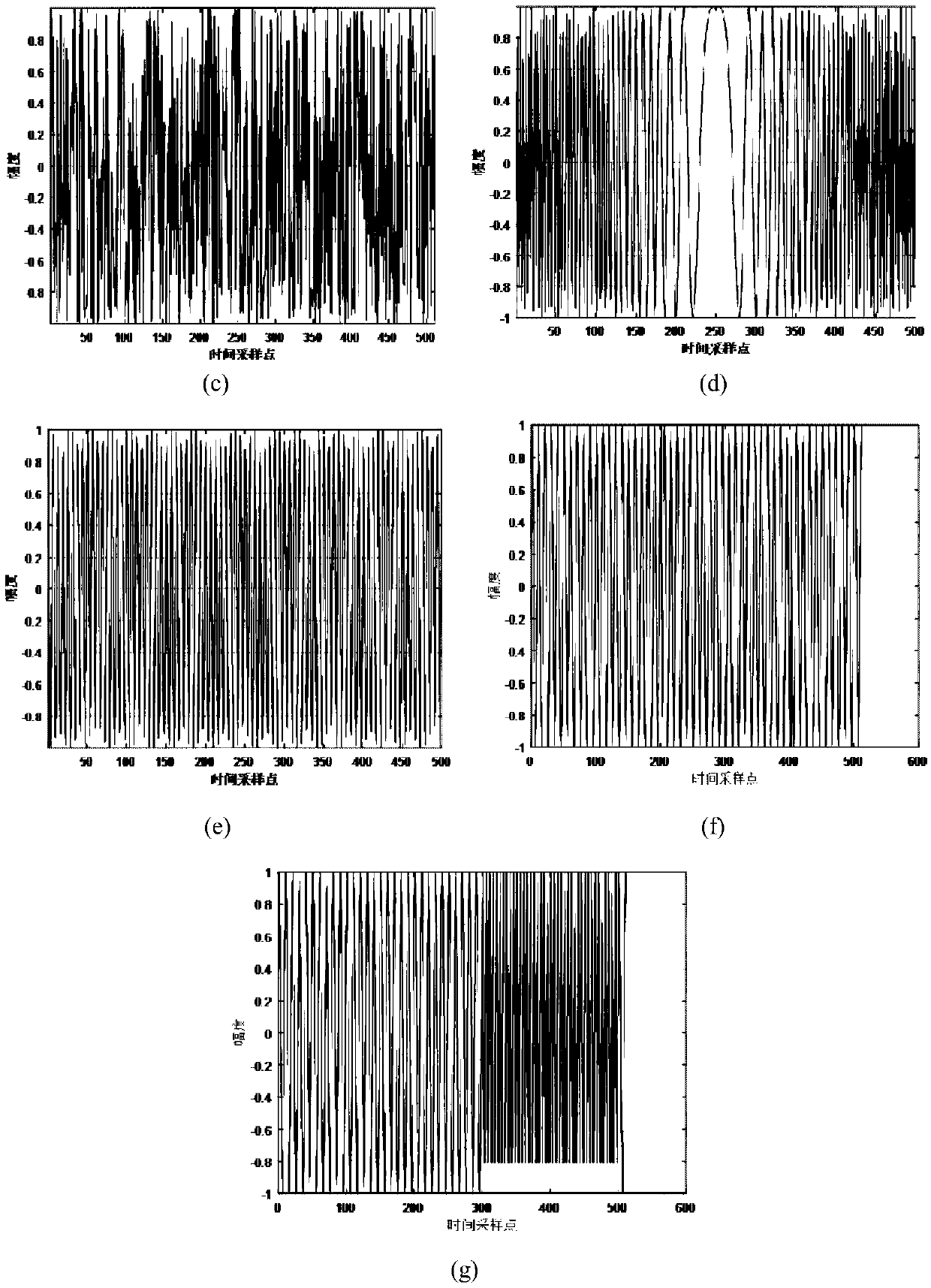Radar signal recognition method based on quantum particle swarm convolutional neural network
A convolutional neural network and quantum particle swarm technology, applied to radio wave measurement systems, instruments, etc., can solve problems such as unsatisfactory recognition accuracy, unguaranteed generalization ability, and complex calculation models, and achieve effective optimization results. Reduce the time of feature extraction and identify the effect of accurate model
- Summary
- Abstract
- Description
- Claims
- Application Information
AI Technical Summary
Problems solved by technology
Method used
Image
Examples
Embodiment Construction
[0040] The technical solution of the present invention will be further described below in conjunction with the accompanying drawings.
[0041] figure 1Shows the flowchart of the radar signal recognition method based on the quantum particle swarm convolutional neural network according to the present invention, as shown in the figure, the method mainly includes two stages: training the convolutional neural network and utilizing the trained convolutional neural network Recognize radar signals. The process of training convolutional neural network includes: collecting radar signals with different modulation modes, transforming time domain data into frequency domain data, and obtaining frequency domain feature data sequences as training samples; sending training samples into Forward calculation is performed in the convolutional neural network, and the quantum particle swarm algorithm is used to adjust the weight and threshold of the convolutional neural network. When the preset iter...
PUM
 Login to View More
Login to View More Abstract
Description
Claims
Application Information
 Login to View More
Login to View More - R&D
- Intellectual Property
- Life Sciences
- Materials
- Tech Scout
- Unparalleled Data Quality
- Higher Quality Content
- 60% Fewer Hallucinations
Browse by: Latest US Patents, China's latest patents, Technical Efficacy Thesaurus, Application Domain, Technology Topic, Popular Technical Reports.
© 2025 PatSnap. All rights reserved.Legal|Privacy policy|Modern Slavery Act Transparency Statement|Sitemap|About US| Contact US: help@patsnap.com



